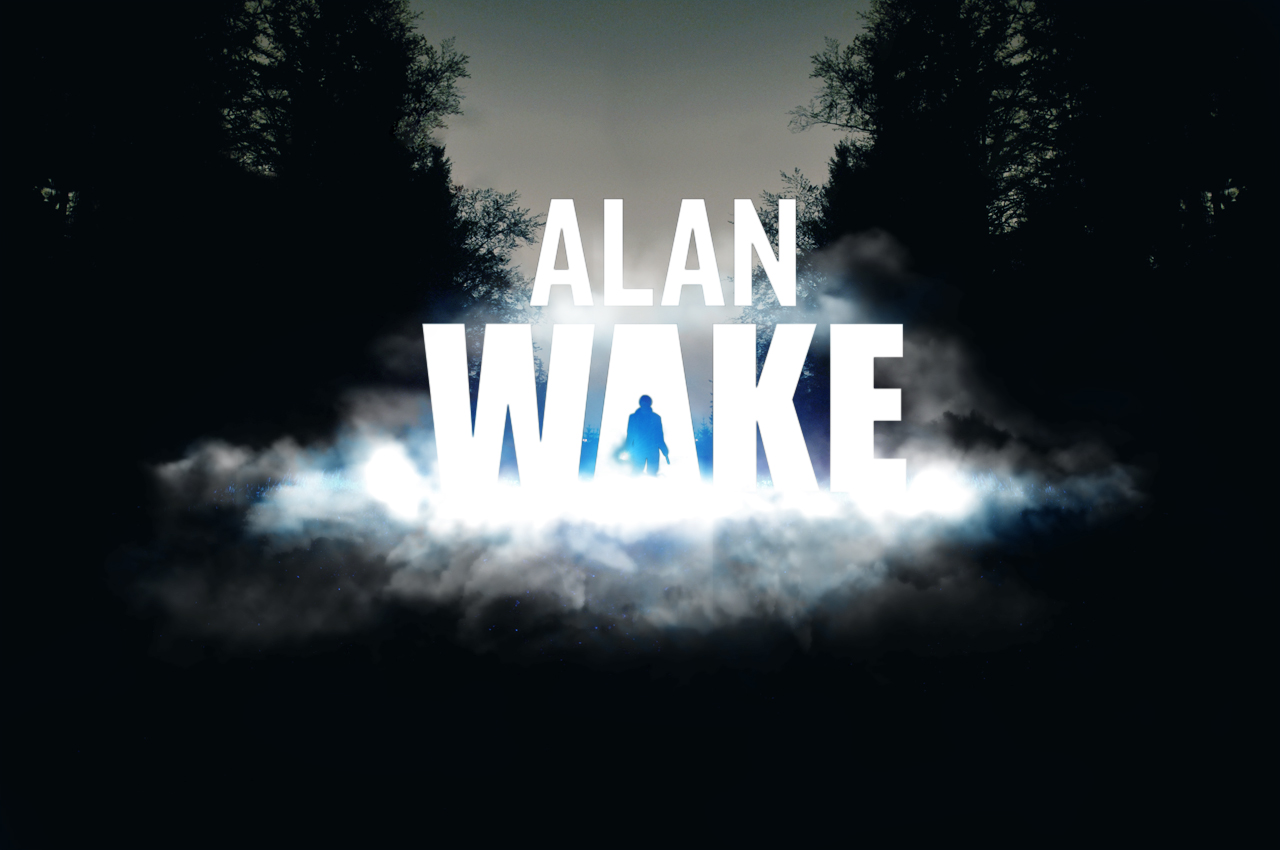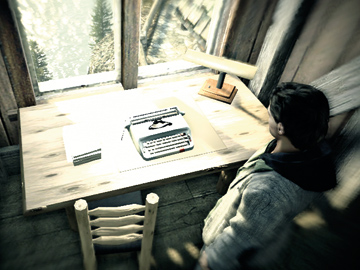I had been on the look out for a cinematic, highly narrative video-game title to re-purpose as a writing stimulus for some time now, inspired by Tim Ryland’s use of Myst and following on from the success of using US hit series Flash Forward as a writing stimulus for lower ability sets. I say ‘lower ability groups,’ when what I mean is, lower ability, or low aspiration or disaffected groups. As in my experience, these groups often hid a few talented students who had either dismissed their abilities or had learnt that misbehaviour was an effective antidote for hard work and effort, thus risk of failure. More often male, though not exclusively. These groups often housed students who were verbally competent but baulked at writing tasks in particular? The only benefit, these groups were often twenty percent smaller than the top sets.
What made the Flash Forward unit successful? First, Flash Forward is interesting in that the storyline is told in three, non-sequential sections. The opening, the blackout and Flash Forward, and the post apocalyptic present. Rather than fully explain this to students, we simply wrote three short, though distinct, pieces / stories only to stitched together at the end, hence overcoming the barrier of being able to write 800 words. Second, using the series and visual images of post apocalyptic settings help students “describe” their characters and scenes rather than “imagine” their scenes. Still, in the back of my mind I wanted them to “feel” or “experience” what their characters were feeling… gaming?
Whilst looking for inspiration, images and clips to present post-apocalyptic worlds, Jamie Michie introduced me to dystopian literature, which also happens to be a popular video-game genre too (plus film of course).
I ordered Metro 2033 from Amazon and played the PC Metro 2033 demo. I loved the intensity of the game and waded through the Russian-English translation of Metro 2033 to broaden my understanding of the dystopian genre. I played Sentinel on my aging Window home PC after I stumbled upon one of Eric Allen’s Video game teaching guides for 7th grade writing (12-13) and contacted author Terry Dowling, who kindly shared the short-story upon which the game was based “Dormeuse.” Sadly, the responsibilities of my leadership role put all investigations on hold, that is until the relative relief of half term and the Humble Bundles release of psychological action thriller – Alan Wake.
What is so amazing about ‘Humble Bundles’ involvement is that it includes The Signal and The Writer episodes, developer commentary, an illustrated book in PDF format and the soundtrack. And there is more – previously-unreleased content including original screenplays, comic books, an “extended collection of concept art and photos,” early demo videos, hi-res art and music videos.
The Alan Wake bundle came in both Steam and DRM-free flavours, and after just an hour of edge of your seat game play, I knew I had found my cinematic, highly narrative video-game title. When it comes to Alan Wake the teaching resource… the journey was just beginning and the educator team of interested teachers (and students) at The Wellington Academy growing by the day. Only, few of this group of investors had access to a PC with a graphics card powerful enough to run the game… most however had access to an XBox. (Part 1).
Wake-ing a thirst for literacy (part 2)
Alan Wake hardware choices (part 4)
Alan Wake – bringing it together (part 5)
Alan Wake – in the classroom (part 6)
[qr_code_display]


